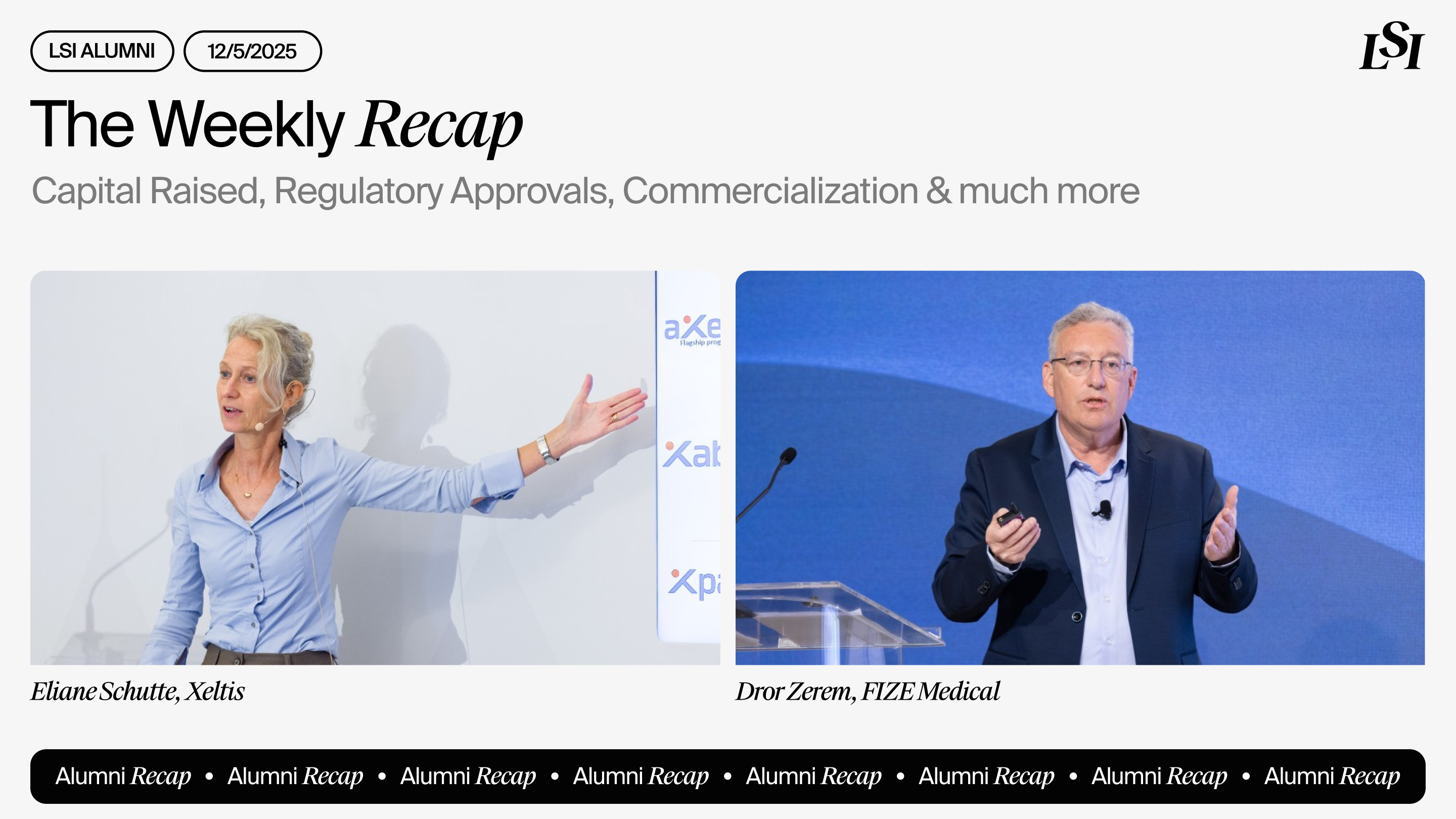.png)
Topic/Category: Wound Care/Procedures
The COVID-19 pandemic had a notable effect on medtech markets worldwide. The wound care products market was severely affected by the reduction in surgical procedures. Elective procedures were postponed, and the volume of emergency surgical procurers could not make up for the difference.
For example. Life Science Intelligence (LSI) estimates that sales of sutures dropped almost by half in 2020. The market rebounded in 2021 when hospitals returned to normal volumes. Future growth in the wound care market is likely to vary by region. LSI is tracking Global Procedure Volumes to pinpoint the locations where wound care product sales are likely to be the highest.
Wound Care Products Markets
Wound care is a ubiquitous facet of emergency and surgical care. A wound is defined as any break in soft tissue. Wounds can be the result of accidental injuries, or they can be part of a surgical procedure, such as an incision. Wound management involves closure of the wound and supporting the healing process in the aftermath. It’s a device-reliant area of medicine, with personnel relying on traditional tools such as sutures, staples, sealants and glues, strips, and vascular closure devices. Advanced wound care incorporates newer technologies, including alginates, hydrocolloids, hydrogels, and devices such as negative pressure wound therapy and pressure-assisted closure.
The wound care products market took a significant hit due to the COVID-19 pandemic. According to LSI’s Medtech Pro Covid-19 Impact Tracker, worldwide revenue for all wound closure technologies declined by 46.7% in 2020.
The sudden drop is explained by the change in procedure volume during the height of the pandemic. Hospitals worldwide instituted volume control measures to preserve bed space for COVID-19 patients. Many facilities drastically cut the number of elective procedures, which led to dramatic drops in overall procedure volume. Without a typical rate of surgical procedures, the demand for wound care products ground to a crawl. Emergency procedure volume did not make up for the change in overall demand, leading to dramatic drops in sales for 2020.
Global Increases in Wound Care Product Sales
The wound care market saw a resurgence in 2021 as hospitals returned to normal operations and providers worked to clear their backlog of elective procedures. The rapid market growth tapered off into the beginning of 2022 as procedure volumes returned to pre-pandemic levels in markets such as Western Europe and North America.
While overall growth for wound care products is not expected to spike dramatically in the next several years, there are regions where surgical procedure volume is rising more rapidly than the average.
According to LSI’s Global Procedure Volume Tracker data on China and India, those two nations are expecting procedure volume growth well above the global average. China will see procedure volume increases at an estimated 7% per year, while India’s growth will be around 5%. Both nations have a significant proportion of residents over the age of 65, which may be driving increases in orthopedic and cardiac surgery, two areas of medicine that often serve older adults. Both market segments rely on wound care technology, both as part of procedures where tissue repair is part of the desired outcome and in recovery.
Thailand is another country with strong projected growth in surgical procedure demand. LSI’s data indicate that peripheral vascular procedures volume is rising at nearly 7%, while urological procedures are seeing a growth of just over 5%. Like the cardiac and orthopedic markets, these two medical segments require wound care devices during and after procedures.
South Korea represents another market opportunity. South Korea is known for its high demand for aesthetic procedures. LSI market data predicts growth in that sector is predicted to be as high as 8.2% from 2019 to 2026. The aesthetic surgery market presents an opportunity for advanced wound care devices that place a premium on reducing the risk of visible scarring.
Wound Care Startups
LSI follows the progress of startups in the wound care products market on our Startup Tracker database. These new companies are improving on existing technologies to improve surgical outcomes. Vivasure Medical’s PerQseal closure device is a bio-absorbable sutures system for closing vascular incisions after catheterization. The Irish company just received $23 million in late-stage funding.
Newcomer Guard Medical is innovating on negative pressure wound therapy, which has applications in the growing outpatient surgery market. The company is in Stage B development with an FDA 510(k)-clearance on their NPseal product.
A Boston-based start-up called Limax Biosciences is hoping to get into the market with HEMOMax, a fully degradable hydrogel-based material. The company is in the pre-revenue stage. They presented at LSI USA '22 Emerging Medtech Summit in March.
While the landscape for wound care product markets has shifted since the pandemic, there is room for optimism. Growth in new markets is set to boost global demand, while new technologies may spur buying in traditional markets. LSI’s Medtech Pro has more market data around this and other medtech market segments. The information is valuable for those who want to understand market growth, where it stands now, and where it’s going in the future.

Schedule an exploratory call
Request Info17011 Beach Blvd, Suite 500 Huntington Beach, CA 92647
714-847-3540© 2025 Life Science Intelligence, Inc., All Rights Reserved. | Privacy Policy










